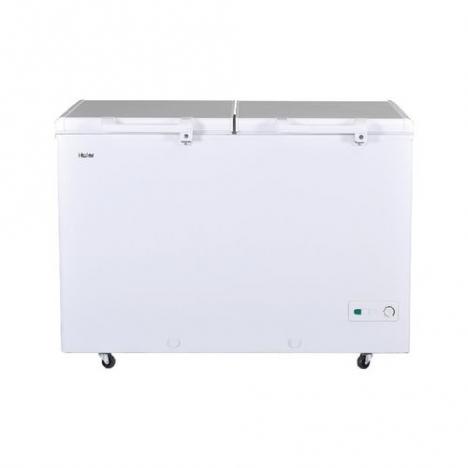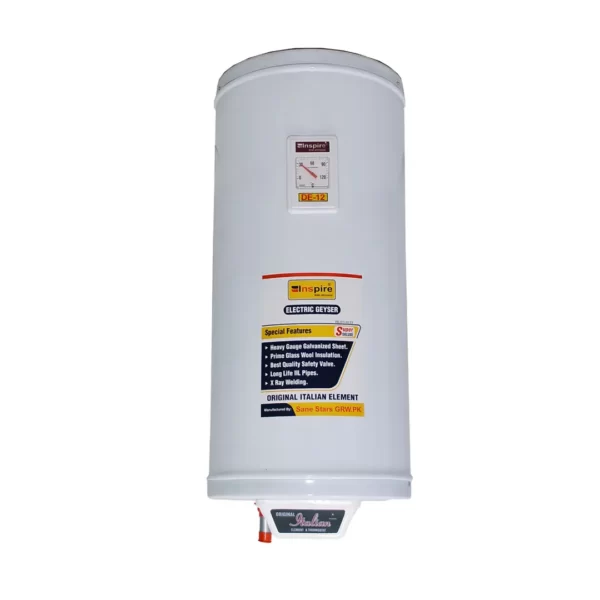The kitchen hood is a crucial element when it comes to creating a functional and aesthetically pleasing kitchen. A kitchen hood, sometimes referred to as a range hood or exhaust hood, not only improves the appearance of your kitchen as a whole but also is essential for maintaining a clean and healthy cooking environment. It can be difficult to choose the best kitchen hood because there are a lot of choices on the market. We’ll examine all types of kitchen hoods in our thorough shopping guide and assist you in choosing the best one for your kitchen.
Consider Your Cooking Style
It’s important to think about your cooking style before stepping into the realm of kitchen hoods. Are you a hobbyist chef who enjoys experimenting with various cuisines and cooking methods, or a casual cook who occasionally makes straightforward meals? The kind of kitchen hood that is best for you may depend a lot on how you cook.
For casual cooks, a typical under-cabinet range hood or a wall-mounted chimney hood may be adequate. These hoods offer fundamental ventilation and are efficient at getting rid of smoke and odors from cooking. A more robust and effective hood, such as a professional-style range hood with a higher CFM (cubic feet per minute) capacity, is advised to handle the increased heat and smoke production if you enjoy cooking and frequently use high-heat cooking techniques like grilling and frying.
Kitchen Layout and Design
Your kitchen’s layout and design should be taken into account as well. The best type and installation method for your kitchen hood will be determined by the size and layout of your kitchen. Consider the following options:
Under-Cabinet Hoods:
These cabinet-mounted range hoods are perfect for kitchens with limited space because they take up very little space. While saving priceless countertops and cupboard space, they offer ample ventilation.
Wall-Mounted Chimney Hoods:
For kitchens with a stove against a wall, wall-mounted hoods are a popular option. They provide a chic focal point and come in a variety of patterns to match the decor of your kitchen.
Island Hoods:
If your stove is positioned in the center of your kitchen on an island, an island hood is the way to go. These hoods are made to hang from the ceiling and provide all-around ventilation.
Downdraft Hoods:
In kitchens where traditional hood installation is challenging, downdraft hoods are a viable option. Installed directly behind the cooktop, these hoods rise when needed and retract when not.
Built-In Hoods:
Built-in range hoods can be incorporated into your cabinetry for a seamless, modern appearance. They are hidden from view when not in use, providing a clean and sleek appearance.
Venting Options
You have two options for venting kitchen hoods: externally or internally. External venting is considered the most effective as it expels cooking pollutants and odors outside. However, it requires the construction of adequate ductwork, which is not always possible, particularly in apartments or older residences. On the other hand, recirculating hoods use filters to clean the air before releasing it back into the kitchen. They are often less effective in eliminating cooking aromas and smoke, although they are simpler to install.
Noise Level
Particularly if you have an open-concept kitchen or if your kitchen is close to living rooms, the noise level of a kitchen hood is an important factor to take into account. Look for ones with sound-reducing features like numerous fan settings and quiet motors because powerful hoods can be fairly noisy. Advanced noise reduction technology is also included in certain high-end hoods to offer a quieter cooking atmosphere.
Maintenance and Cleaning
Regular maintenance and cleaning are necessary to keep your kitchen hood operating well. Take into account range hoods with removable and dishwasher-safe grease filters for simple cleaning. Additionally, choose a hood with accessible controls and surfaces that are easy to wipe down to simplify the cleaning process.
Style and Aesthetics
Last but not least, think about the design and appearance of your kitchen hood. It should be a focal point that improves the overall aesthetic appeal of your kitchen in addition to completing the design of your kitchen. Kitchen hoods are available in a variety of materials, designs, and finishes, from exquisite glass and wood to sleek stainless steel. Whether your kitchen is modern, rustic, traditional, or contemporary, choose a hood that complements the design.
Conclusion
It’s important to carefully examine your cooking preferences, kitchen layout, venting choices, noise level, maintenance needs, and aesthetics when selecting a kitchen hood. By taking into account these aspects, you can discover the ideal kitchen hood that will not only improve your cooking experience but also improve the appearance and functionality of your kitchen. Therefore, take your time, consider your options, and pick the kitchen hood that best meets your requirements and preferences. You’ll be grateful to your kitchen for it.





















 Dryers
Dryers Ironing / Garment Care
Ironing / Garment Care